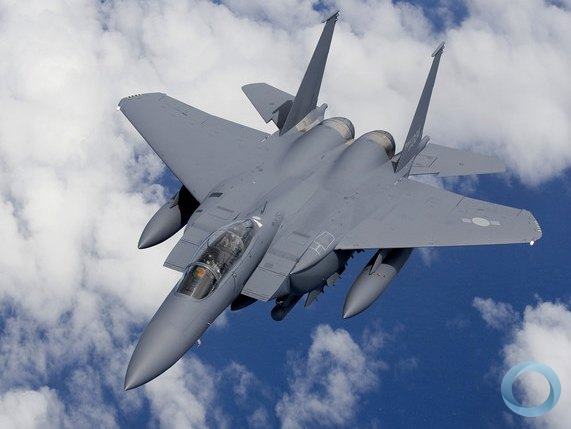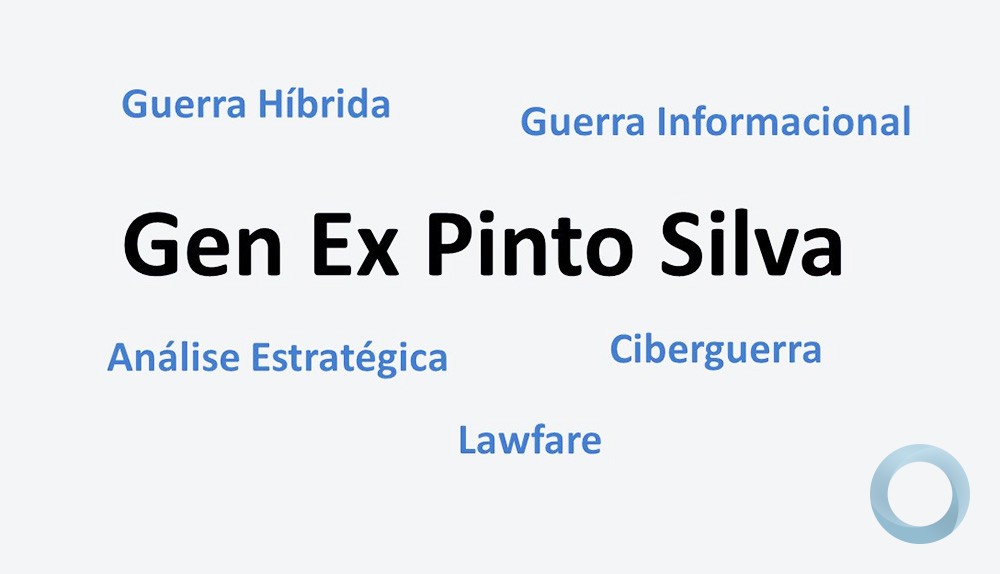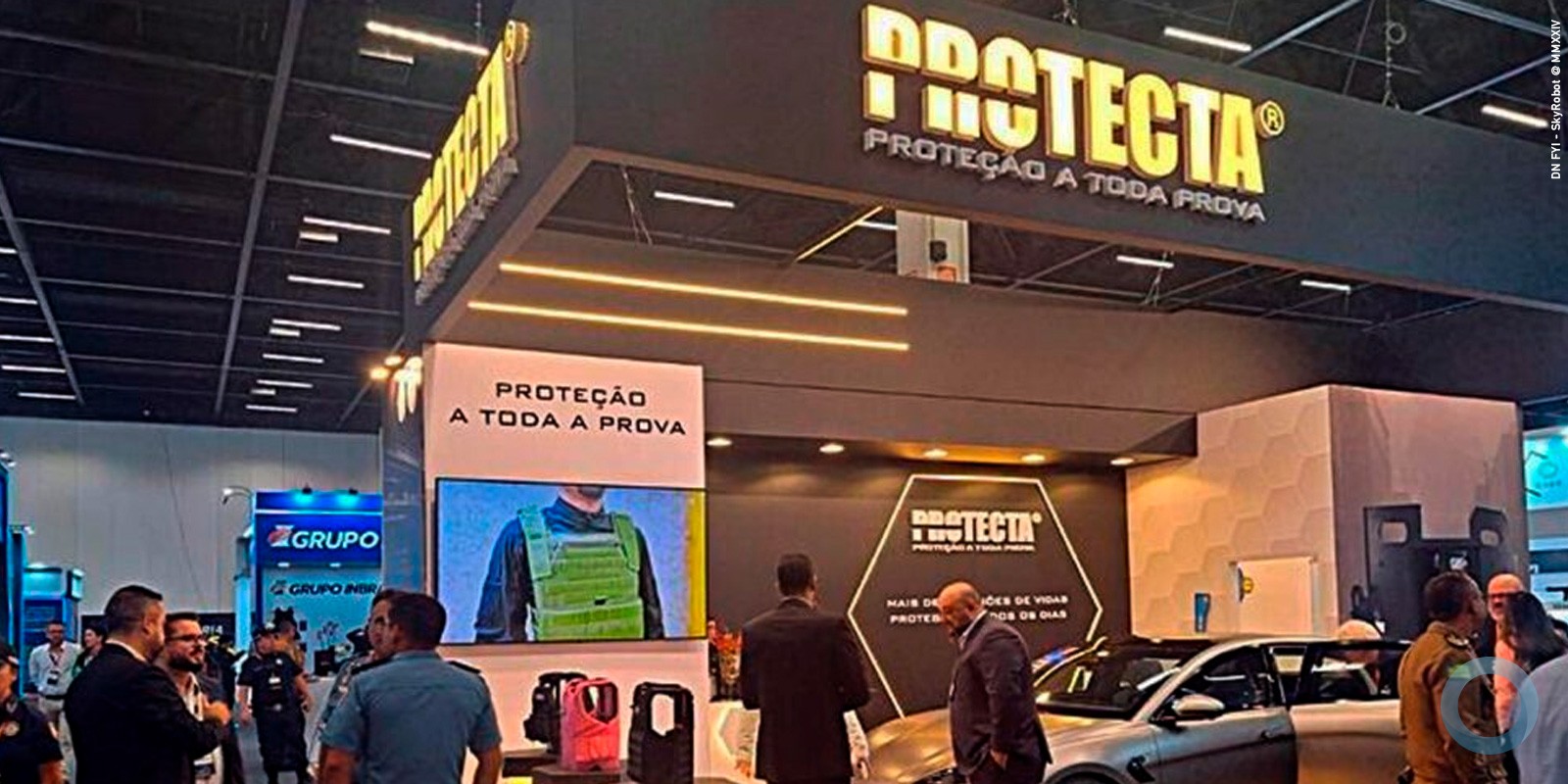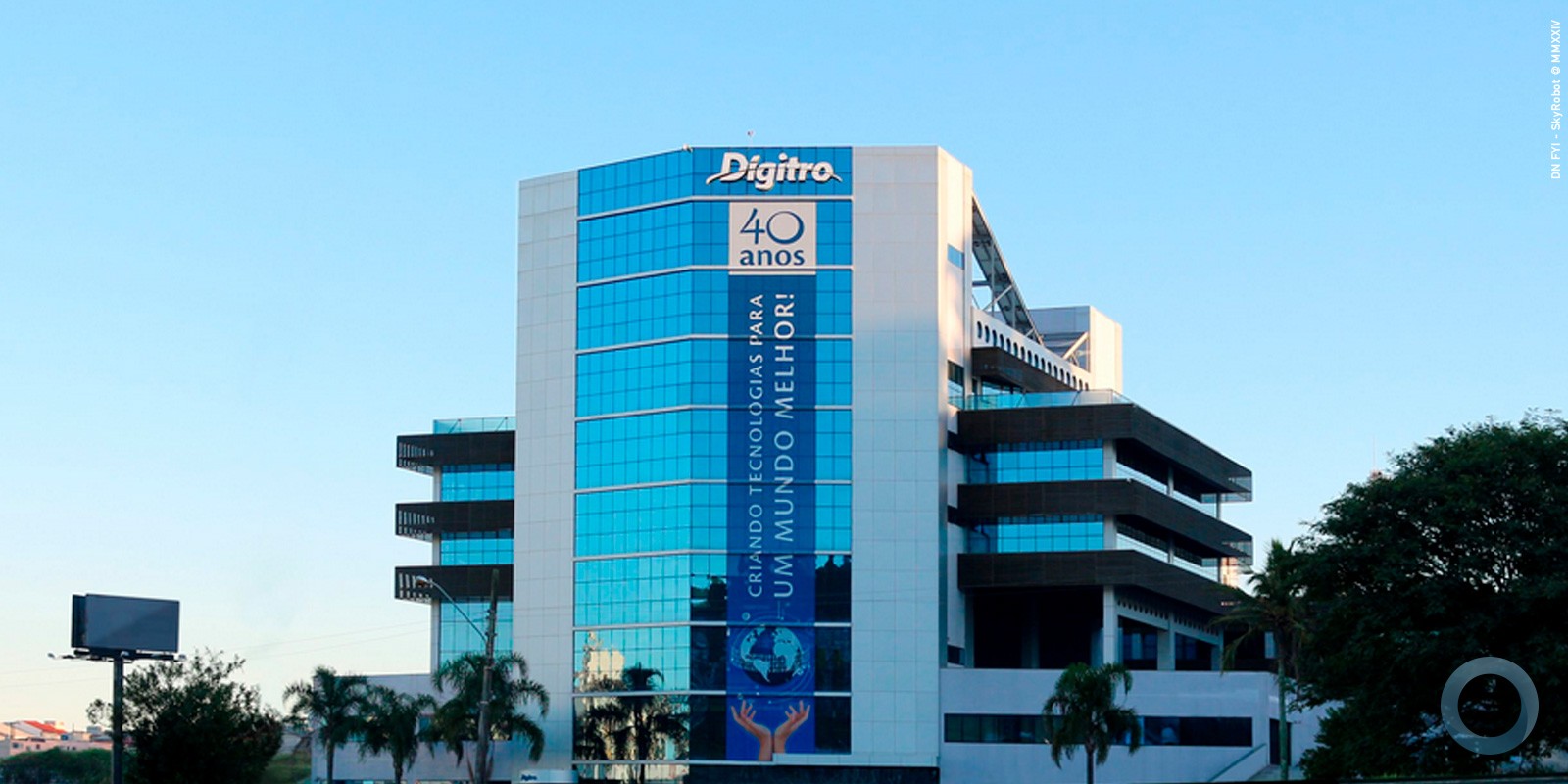Taciana Moury
At the end of January, Chile faced large-scale forest fires in the south-central part of the country. According to reports by Chile’s National Forestry Service, more than 1,500 homes were destroyed, and 467,000 were impacted by the fires, which left 11 dead and affected 6,000 people. Brazil, together with other countries, sent reinforcements to fight the fire.
Brazilian support was provided by two C-130 Hercules planes from the 1st Troop Transport Group of the Brazilian Air Force, which flew out on January 29th, specially equipped to contain the blaze. According to General Mozart de Oliveira Farias, the commander of the 11th Air Wing who coordinated this mission, it is important to stand in solidarity with partner nations in the South American context. “These missions tighten our bonds of friendship and deepen our mutual collaboration,” Gen. Mozart stated.
Members of the FAB remained in Chile until February 9th. Over the course of the mission, they flew 48 flights, totaling 23 hours and 50 minutes of flying time, not factoring in the transfer time between Brazil and Chile. In each run, the planes dropped 11,400 liters of water, releasing approximately 547,000 liters in total.
Forest fires
When the Brazilian C-130s arrived at the fires’ location, there were already other planes engaged in attacking their focal points, as well as fire brigade members who were operating on land. For Lieutenant Colonel Marcelo da Silva Ribeiro, commander of the Troop Transport Group, 1st Squadron, a high degree of coordination was needed to use the equipment. “This activity was carried out effectively and within safety margins.”
Chile’s dry weather and strong winds presented additional difficulties, according Lt. Col. Ribeiro. “Some focal points came close to inhabited areas, and we then had to redouble our focus during the drops to keep from damaging buildings or injuring people,” he said.
Captain Douglas Luna Lopes da Costa, a member of the FAB team, recalled that at Concepción the blaze had several outbreaks with large distances between them, which required many takeoffs from different sectors. “Intense coordination was needed with all the aircraft in flight, and with the teams that were operating on the ground. But it all worked out in the end.”
The Brazilian team comprised 27 service members who held to a daily 14-hour schedule divided into two shifts. Two crews ran missions from 07:30 to 13:30 and from 13:30 to 21:30. “During these flights, the drops had to be highly precise, to keep from causing collateral damage,” Capt. Lopes noted.
Lt. Col. Ribeiro highlighted the support and infrastructure that Chile made available to the teams fighting the fire. “The effective coordination and actions taken by local government agencies contributed to the success of the operation,” the squadron commander said.
During the period in which the Brazilian team aided in the firefighting, the recognition and gratitude shown by the Chilean people served as an incentive for the work and dedication of the FAB members. “The people’s reaction was fundamental. Residents always came by to thank us. They remembered that due to our assistance, we were keeping the fire from reaching and engulfing their homes,” Capt. Lopez revealed.
The Chilean government estimates that the cost of fighting the fire was $26.5 million. According to reports published by France Press news agency, $333 million will be spent to completely rebuild the affected area.
MAFFS System
One of the FAB’s C-130 Hercules planes used in this mission had in-flight firefighting equipment. The Modular Airborne Fire Fighting System (MAFFS) has five water tanks. Two pipes extend from the rear door of the C-130, and water is dropped on predetermined areas from an average height of 150 feet. According to Lt. Col. Ribeiro, the plane’s versatility, despite its size, allows it to do low-speed, high-altitude flights within a decent safety margin.
The other aircraft was also equipped with materials to support the mission, such as a compressor, pools to supply water to the aircraft, and maintenance equipment. According to Gen. Mozart, this configuration made it possible to maintain the C-130s’ operational availability. “We sent a team that included specialists from the various systems so they could perform maintenance services on their own, thereby facilitating coordination during the mission.”
For Capt. Lopez, taking part in these firefighting missions helps maintain the crew members’ operational efficiency. “This is an opportunity to put into practice all the instruction we receive over the course of countless training operations. This Chilean mission demanded a lot of ability and focus by all crew members, and it did not let the crew doubt any in-flight procedures to be followed,” said Capt. Lopez, who took part in a similar mission in Chile in 2014, and in Lençóis, in the Brazilian state of Bahia in December 2015.


























